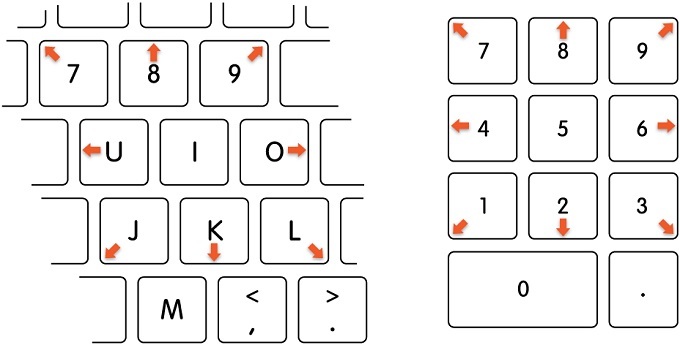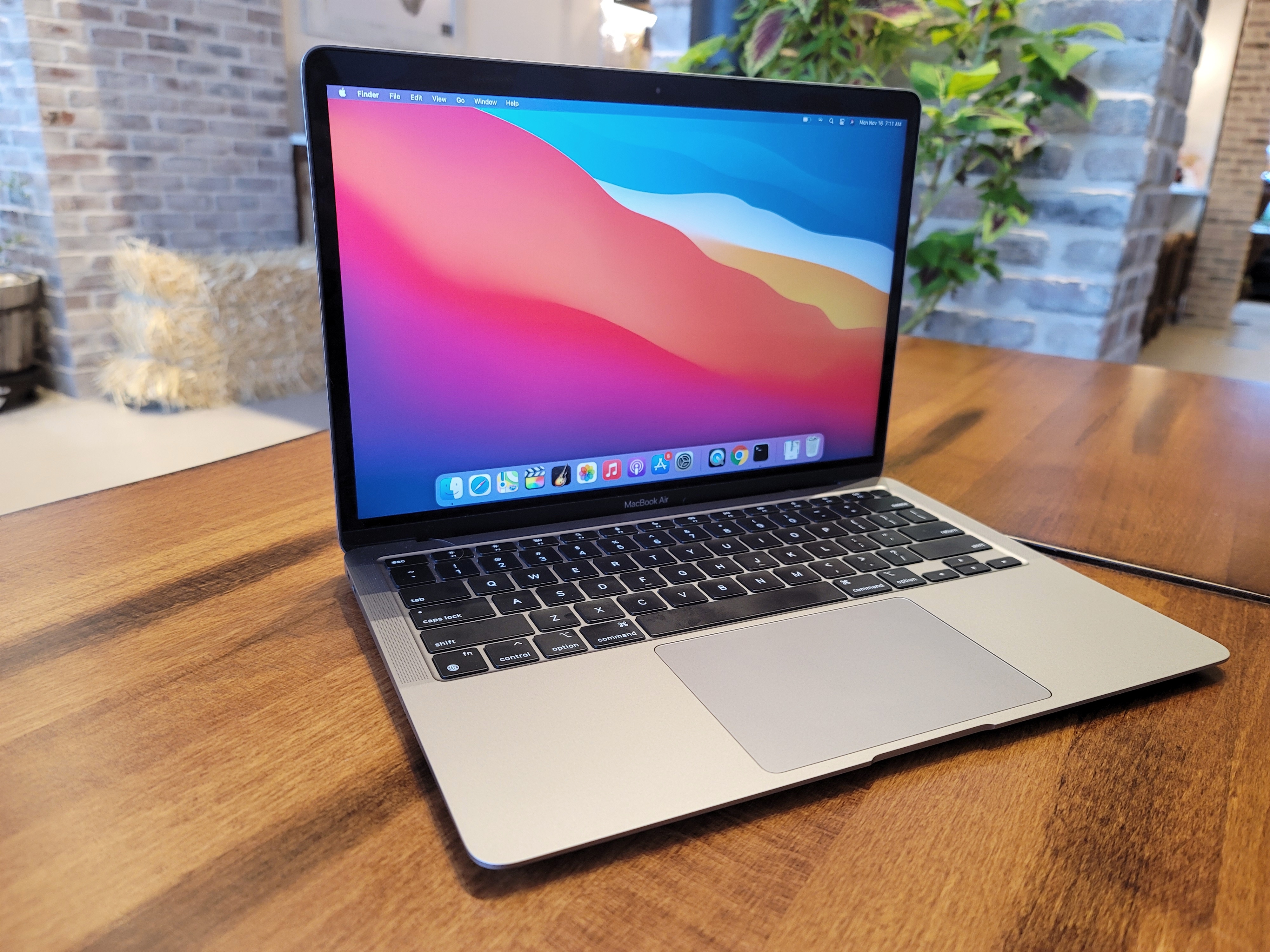
But if the node itself is the intended destination, it remains awake for the subsequent data packet. If the node is not the destination, it returns to sleep mode immediately. When a node wakes up and receives a short preamble packet, it compares the destination node ID (included in the packet) with it’s own ID. The stream of short preamble packets effectively constitutes a single long preamble. X-MAC reduces the overhearing problem due to long preamble by dividing that one long preamble into a number of short preamble packets, each containing the ID of the destination node. Comparison of the timelines between extended preamble in LPL and short preamble in X-MAC. Since token-passing is a deterministic access method (the timing of signals can be predicted), it is well suited to time-dependent traffic, such as telemetry. On shared-media LANS with high data traffic, greater throughput is achieved using token-passing than a contention-based access method, since there are no collisions with token-passing. Token-passing ensures a sending station has the network's entire bandwidth to itself by requiring that a sending station possesses a specific data frame (the token) before it can transmit. CSMA/CA is used in wireless networks, since devices are farther apart in a wireless network than in a wired LAN. If there is a collision due to simultaneous transmissions, only the handshaking packets collide and the sending stations wait and try again. A short handshaking packet is then sent before the message. In CSMA/CA, the NIC monitors the line for a longer time and the line must be idle for a specified period before a station can transmit. The busier a network is, the more often collisions occur and the longer it takes to transmit data.ĬSMA/GA (Collision Avoidance) is a contention method designed to prevent collisions. The sending NICs then wait a random amount of time before resending the data. When the sending NIC senses that the message propagating along the network is not identical to that which it is transmitting, transmission ceases. Due to propagation delay (the time it takes a signal to reach a point from its sender), it is possible for two stations to transmit simultaneously or almost simultaneously, causing a collision and garbling the messages. The NIC cannot transmit if it senses electrical signals on the network that indicate another device is transmitting.

When a device must transmit, the NIC monitors the network to determine whether or not another device is transmitting.
#Right control for mac mac
Carrier sense multiple access/collision detection (CSMA/CD) is the most used contention-based MAC protocol, used in Ethernet networks. There are two approaches to media access control in LANs: contention and token-passing.Ĭontention is a first-come, first-serve approach. Media sharing reduced the cost of the network, but also meant that MAG protocols were needed to coordinate use of the medium. LANs are shared media networks, in which all devices attached to the network receive each transmission and must recognize which frames they should accept. That is, two devices were connected by a dedicated channel.
Before LANs, communication between computing devices had been point-to-point. Media access control (MAC) protocols enforce a methodology to allow multiple devices access to a shared media network.

Judy Wynekoop, in Encyclopedia of Information Systems, 2003 III.B.


 0 kommentar(er)
0 kommentar(er)
